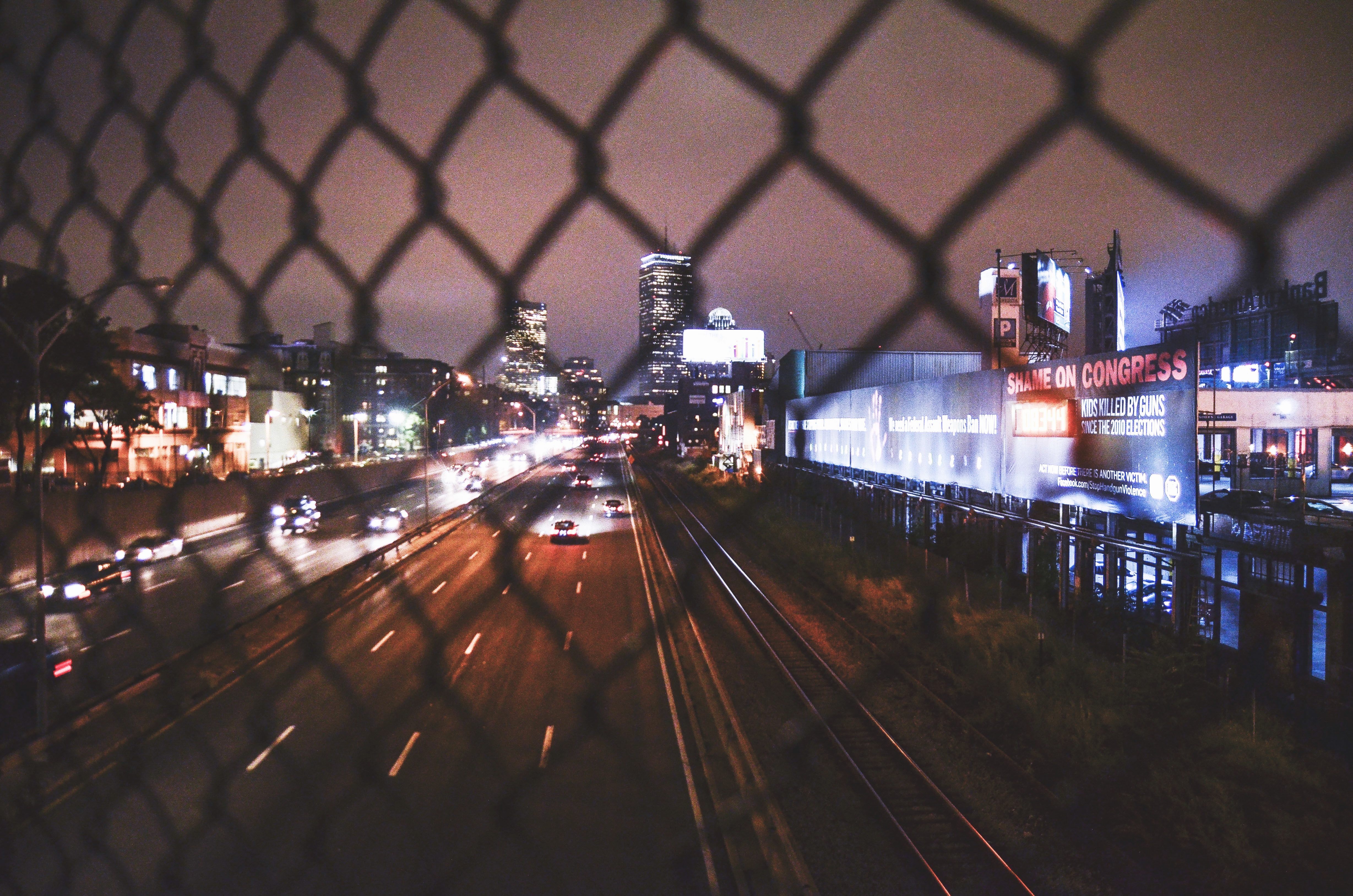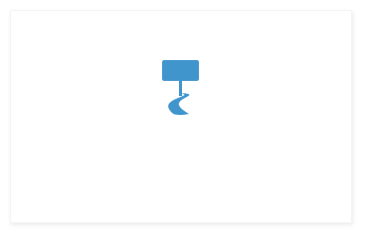Posted on March 23, 2016 by LocAdsAdmin No comments

Billboards
Unless you are a resident of Vermont and have never crossed your picturesque state lines, you can most likely call to mind a billboard that stood out in your travels. (Vermont, as well as Alaska, Hawaii and Maine prohibit roadside billboards.)
The advertising industry parses the category of billboards into the following subsets:
- Bulletins
- A bulletin is the largest standard-sized billboard, offering 672 square feet (roughly 48’ x 14’) of creative canvas on which to place your message. There are a number of companies across the country that own the bulletins that you see along roadsides and in metro areas and they rent these spaces to advertisers. Pricing for bulletins generally depends upon the location. Bulletins stationed proximate to high-traffic areas (i.e., on a stretch of road leading into a major city, resplendent with skyline in the background) will cost you more on which to place your message than on those bulletins located near the outskirts of town. From a creative standpoint, three-dimensional designs, moving parts, and “extensions” are all in play on a bulletin.
- Digital
- Digital billboards are computer-controlled electronic displays with interactive technological capabilities, including:
- Countdowns
- Day parting
- Live scores
- Social media
- Traffic
- Trends
- User-generated content
- Weather
These tech-based boards are mainly located along interstate highways but also dot the landscape alongside heavily trafficked metropolitan arteries and city streets.
- Human
- A human billboard is someone who is paid by a business to apply an advertisement onto his or her person. Most commonly, this means holding or wearing a sign of some sort, but it also may include wearing advertising as clothing. Today, sign holders are known as human directionals or, colloquially, as sign walkers, sign wavers, or sign twirlers.
- Jr. Posters
- Located mainly in urban neighborhoods and on less-trafficked divided highways and country roads, Jr. Posters are often used to communicate with ethnic markets and audiences that may be a bit harder to reach. Because of their size (roughly 12’ x 6’), they are often positioned just above eye-level—found either free-standing or mounted on the sides of buildings—and are easily viewed by both pedestrian and vehicular traffic.
- Mobile
- Mobile billboards are, most commonly, customized trucks with large, but narrow, bodies for posting advertisements. Some of these dedicated vehicles offer features such as external sound systems, illumination, and hot and/or cold systems for food sampling; also, box trucks may be reconfigured with plexiglass panels to create a three-dimensional moving showcase. Bicycles or scooters are also employed to get the word out to pedestrian and vehicular traffic.
- Posters
- These structures are smaller (roughly 22’ x 11’) than bulletins and are located in areas where the surrounding space is prohibitive for a larger billboard. Because of their smaller dimensions, they are positioned in areas that include both vehicular and pedestrian traffic and can be mass produced for placement in multiple locations.
- Wallscapes
- “Wallscapes” are large, non-standard (i.e., custom sized) advertising structures that are either hand-painted directly onto the exterior of a building, or similar surface, or printed on a vinyl canvas and attached directly to a building’s exterior. They are designed to both make an impression and remain posted for extended timeframes in order to provide high exposure in prominent downtown urban areas. From a creative standpoint, they can incorporate fiber optics, hydraulics, incandescent lamps, neon tubing, strobe lighting, and three-dimensional extensions.
- Digital billboards are computer-controlled electronic displays with interactive technological capabilities, including:



Comments